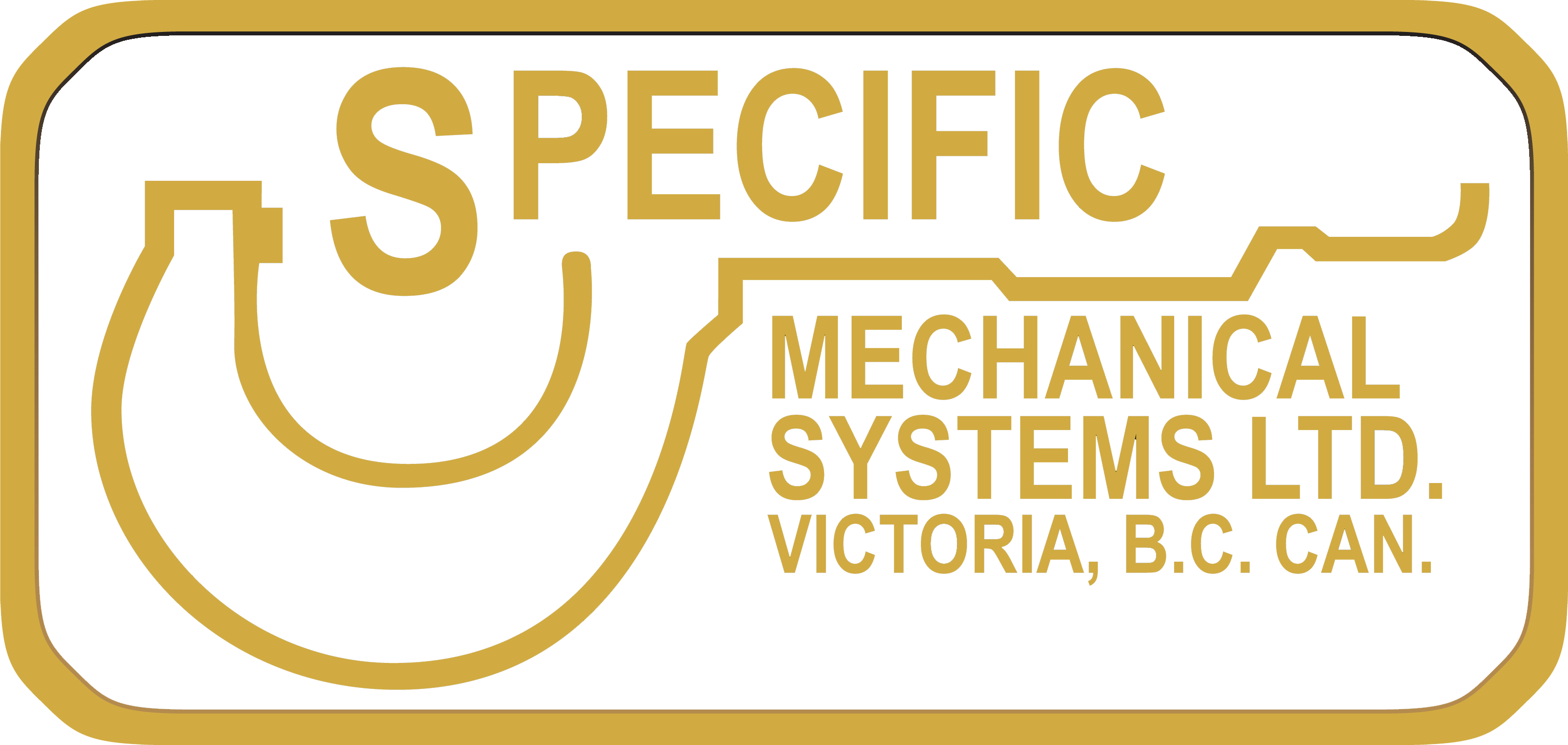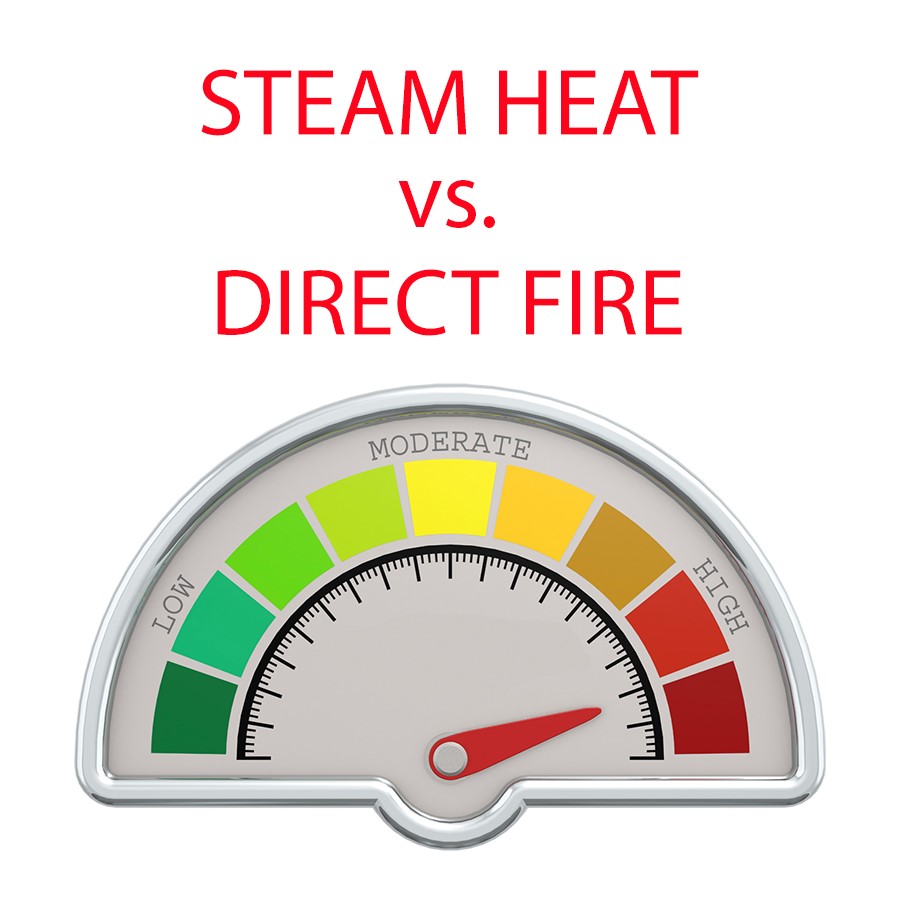In the brewing industry, both steam and direct fire heating methods are used for various stages of the brewing process. Each method has its advantages and disadvantages, but here are some of the benefits of using steam over direct fire heating:
Temperature Control: Steam provides excellent temperature control, allowing brewers to maintain precise and consistent temperatures throughout the brewing process. This is crucial for producing high-quality and consistent beer batches.
Even Heat Distribution: Steam heats the brewing vessels evenly, reducing the risk of localized hot spots or scorching. This promotes better flavour extraction from the grains and helps prevent undesirable flavours that can arise from uneven heating.
Clean and Sanitary: Steam is an excellent heat transfer medium that doesn’t come into direct contact with the wort or beer during the brewing process. This reduces the risk of contamination and makes it easier to maintain a clean and sanitary brewing environment.
Energy Efficiency: Steam systems can be highly energy-efficient compared to direct fire heating. Steam boilers can be optimized for energy conservation, and the heat produced can be efficiently distributed to various parts of the brewing process.
Environmental Considerations: Steam systems generally produce lower emissions compared to direct fire heating. They can be designed to comply with environmental regulations and contribute to sustainability efforts.
Reduced Caramelization and Maillard Reactions: Direct fire heating can lead to caramelization and Maillard reactions in the wort, which can impact the final beer flavour and color. Steam heating minimizes these reactions, allowing brewers to have better control over the beer’s characteristics.
Less Risk of Wort Scorching: Direct fire heating carries a higher risk of scorching the wort, which can introduce off-flavours. Steam, being a gentle and indirect heat source, reduces the likelihood of scorching and maintains a smoother brewing process.
Versatility: Steam can be used for a wide range of brewing equipment and processes, from mashing and boiling to pasteurization and sterilization. Its adaptability makes it a preferred choice for breweries with diverse needs.
Despite these advantages, it’s essential to note that the choice of heating method depends on various factors, including the brewery’s size, budget, and specific brewing requirements. Some breweries may prefer direct fire heating for certain styles of beer or if they have limited access to steam infrastructure. Ultimately, both methods have their place in the brewing industry, and the decision between them should be based on the unique circumstances of each brewery.






